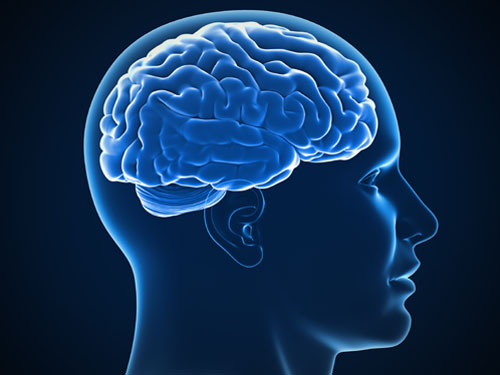
Drug Abuse, Addiction, and the Adolescent Brain
Every day, more than 130 people in the United States die after overdosing on opioids. The misuse of and addiction to opioids is a serious national crisis that affects public health as well as social and economic welfare. While opioid use by teenagers has decreased to historically low levels in some cases, there has been a dramatic increase in vaping. Research is showing that exposure to nicotine, marijuana, or other drugs during adolescence can affect the brain’s function and development on both a short-term and a long-term basis.
BSCS Science Learning has developed a curriculum supplement to teach middle school students about drug abuse and addiction in relevant, real-life contexts. The module—Drug Abuse, Addiction, and the Adolescent Brain—helps students understand how drugs of abuse change the way the brain works and consequently change a person’s thoughts, feelings, and behaviors. A unique aspect of this module is the focus on how drugs of abuse can affect the developing brain of an adolescent differently than they do the adult brain.
This program is freely available and features five classroom lessons with four video segments.
This resource was developed with funding from the National Institute on Drug Abuse (NIDA).